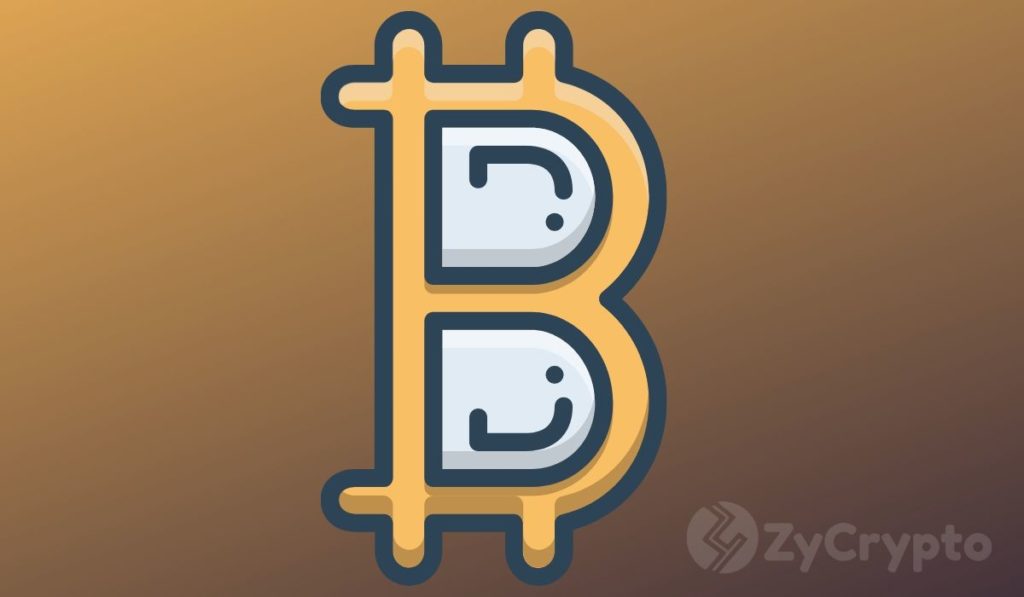

A major scandal exploded in the heart of China’s Hubei province, previously sadly known for where the novel coronavirus behind the pandemic was first detected. Now, the news related to it is also far from positive – not so long ago, a large-scale gold scam scheme was unveiled, shaking the trust in one of the most attractive alternative investment options.
The investigation has opened up a whole chain of interesting facts. The company Wuhan Kingold Jewelry Inc., which is based in Wuhan and is humbly referred to as “A Company with a Golden future.”, listed on Nasdaq and NYSE’s biggest gold corporation under the name Kingold Jewelry Inc. Common Stock (KGJI), has been producing and trading gold since 2002. These days, it turned out to be involved in the biggest gold counterfeit scandal in recent history.
The complication would not go as far, but in reality, it turned out that the company made an extensive loan scheme with over a dozen of Chinese banks and trust companies, where gold served as collateral. In such a scenario, more than 83 tons of gold, which composes 22% of all gold produced in China yearly, has gone to waste, or rather said, never existed at all.
This puts at risk the whole chain of dependencies, and in turn, the entire wellbeing of the Chinese economy. With previous flawless records, it was hard to predict that the company will shift in an unexpected direction, thus putting the creditors in jeopardy.
There are still a few conditions under which they can get back their investment – one is if neither insurers nor creditors weren’t aware of Kingold’s scam scheme, and the other one is if insurers had the knowledge about the scam scheme – in such case, they are liable to compensate creditors too.
Bitcoin: how is it different from money as we know it?
Today, Bitcoin stands on the edge of a new era in the financial industry, which is unfolding with frantic unpreventable steps. But previously, even 100 years ago, money was still based on a gold standard – which later on proved to be fallible and was completely abolished in the 70s.
Currently, fiat money also does not hold any underlying asset. They are, as well as any other modern money, not based on any physical back-up. Rather, obtaining fiat currency, we acquire the trust in the strength of its economy and institutions, of its productivity and solid future prospects. In other words, trust in centralization as such is placed as a cornerstone of a current financial system.
However, the new era of trust has arrived. People no longer rely on institutions, but rather on their absence, making the theory that self-administered control may be more fruitful, and uplift security and freedom to the level previously unseen. Traceability, privacy, and complete exclusion from the control of a third party are the things that made digital currencies stand out from the very first days it caught the public eye.
Gradually, this gave the nascence of many rival organizations and tokens, all based on the same idea, proffering bitcoin to aim for the ‘digital gold’ status.
Comments
Post a Comment